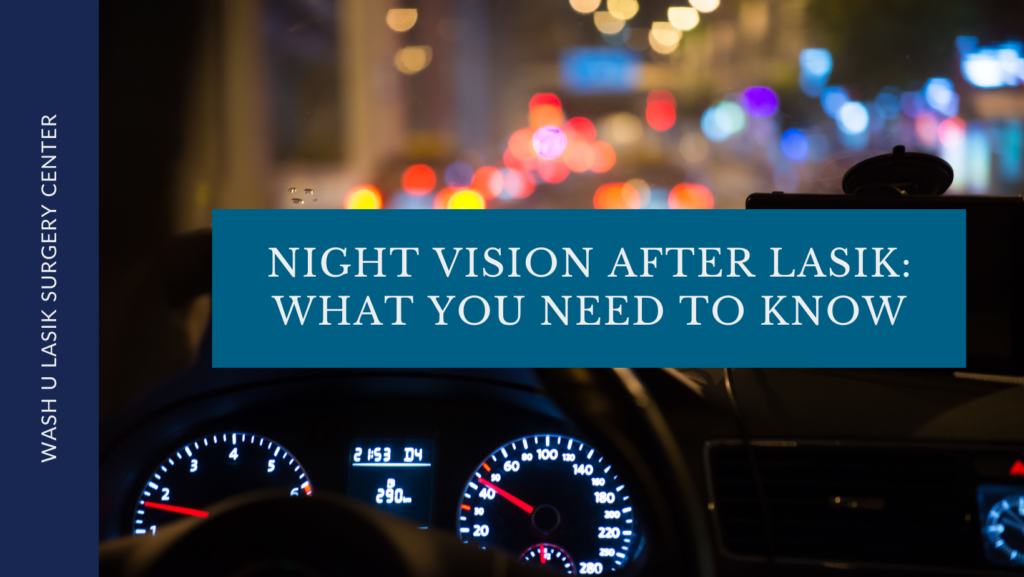LASIK surgery has been a revolutionary solution for many seeking freedom from glasses
and contact lenses. While it has provided clear vision for numerous individuals, there has been some discussion and concern regarding the impact of LASIK on night vision. This post aims to delve into what you should know about night vision after undergoing LASIK.

Understanding Night Vision Concerns
One of the common concerns associated with LASIK is the potential impact on night vision. Some patients report experiencing issues such as glare, halos, starbursts, or difficulty seeing clearly in low-light conditions following the surgery. These visual disturbances can be particularly noticeable when driving at night or in dimly lit environments.
Causes of Night Vision Issues
Post-LASIK night vision issues can stem from various factors. The most common cause of temporary issues is related to the healing process of the eye after surgery. During the recovery period, changes in the cornea and temporary dryness can lead to visual disturbances in low-light settings. Additionally, certain eye conditions or the degree of correction needed in the procedure may contribute to these issues.
Temporary vs. Long-Term Effects
It’s essential to note that for most individuals, night vision disturbances after LASIK are often temporary and tend to resolve as the eyes heal completely. The majority of patients see significant improvement in their night vision over time, typically within a few weeks to a few months after the surgery. However, a small percentage of individuals might experience prolonged or permanent night vision issues.
Reducing Night Vision Problems
Eye care professionals emphasize the importance of following post-operative care instructions to aid in the healing process. This may include using prescribed eye drops, attending follow-up appointments, and avoiding activities that might strain the eyes during the initial recovery period. Additionally, discussing any concerns with the surgeon and adhering to their
recommendations can contribute to better outcomes.
Assessing Risks and Candidacy
Before undergoing LASIK, it’s crucial to have a comprehensive consultation with an experienced ophthalmologist to determine candidacy and understand the potential
risks involved. Factors such as pupil size, the severity of refractive error, and overall eye health are taken into consideration during the evaluation process.
Advancements in Technology
Technological advancements in LASIK procedures have significantly reduced the incidence of night vision issues. Modern techniques, such as wavefront-guided and custom LASIK, aim to further minimize such complications by providing more precise and personalized treatments, potentially reducing the risk of post-operative night vision disturbances. Night vision disturbances after LASIK, while a potential concern, are often temporary and tend to
improve as the eyes heal.
It’s important for individuals considering LASIK to have realistic expectations and to be well-informed about the potential risks and benefits. Consulting with a skilled and reputable eye care professional, like Dr. Eric Polk, discussing concerns, and following post-operative care instructions are crucial steps in mitigating any night vision issues that may arise post surgery. While there are risks associated with any surgical procedure, advancements in technology and proper pre-operative assessments contribute to a high success rate in achieving improved vision with minimal side effects. Overall, for many, the benefits of clearer vision often outweigh the temporary challenges experienced during the healing process.

Eric Polk, OD, FAAO
Staff Optometrist, Ophthalmology and Visual Sciences
- Email: polk@nospam.wustl.edu